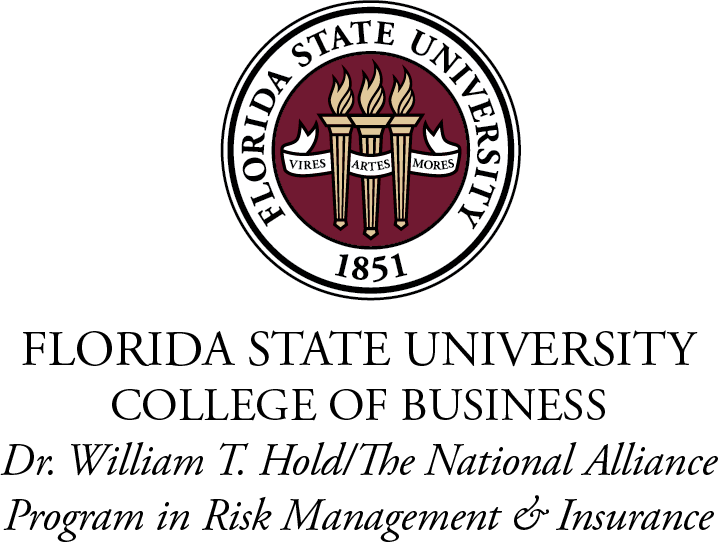|
ARIA Updates
World Risk and Insurance Economic Congress (WRIEC) 2025 Annual Meeting - August 3-7 in Calgary, CanadaSave the date: August 3-7, 2025, in Calgary, Canada. Review the details.
ARIA Conference and Workshop Grants - Request for ProposalsARIA’s Board of Directors invites ARIA members to submit proposals for grant funding to support research conferences and professional development workshops. Read more.
Submit Weekly News Posts
ARIA Journals - Full Access to All Issues for ARIA MembersJournal of Risk and InsuranceThe Journal of Risk and Insurance (JRI) is the premier outlet for theoretical and empirical research on the topics of insurance economics and risk management. Research in JRI informs practice, policy-making, and regulation in insurance markets as well as corporate and household risk management. The flagship journal of ARIA has published under other titles beginning in 1933 and selected its current name in 1964. For more information on the on the journal, visit JRI.pub. Please note: JRI announces a new Data Policy: Authors of accepted papers are expected to post their data and programs, along with sufficient details to permit replication, to the new JRI data repository. Exemptions will be considered in the case of proprietary data. The policy is required for papers submitted July 1, 2023 and beyond; authors whose work is being published in the meantime are strongly encouraged to use the repository. Find more information at the JRI website. Risk Management and Insurance ReviewRisk Management and Insurance Review (RMIR) publishes respected, accessible, and high-quality applied research, and well-reasoned opinion and discussion in the field of risk and insurance. The Review's 'Feature Articles' section includes original research involving applications and applied techniques. 'Data Insights' are short papers that highlight new or underutilized sources of data relevant to current risk management and insurance policy making. The 'Perspectives' section contains articles providing new insights on the research literature, business practice, and public policy. Volume 26, Issue 2, Summer 2023 is the latest issue. Featured articles include "What is an InsurTech? A scientific approach for defining the term" by Iván Sosa Gómez and Óscar Montes Pineda and "Flood insurance literacy and flood risk knowledge: Evidence from Portland, Oregon" by Carolyn Kousky and Noelwah R. Netusil. Read more here. |





